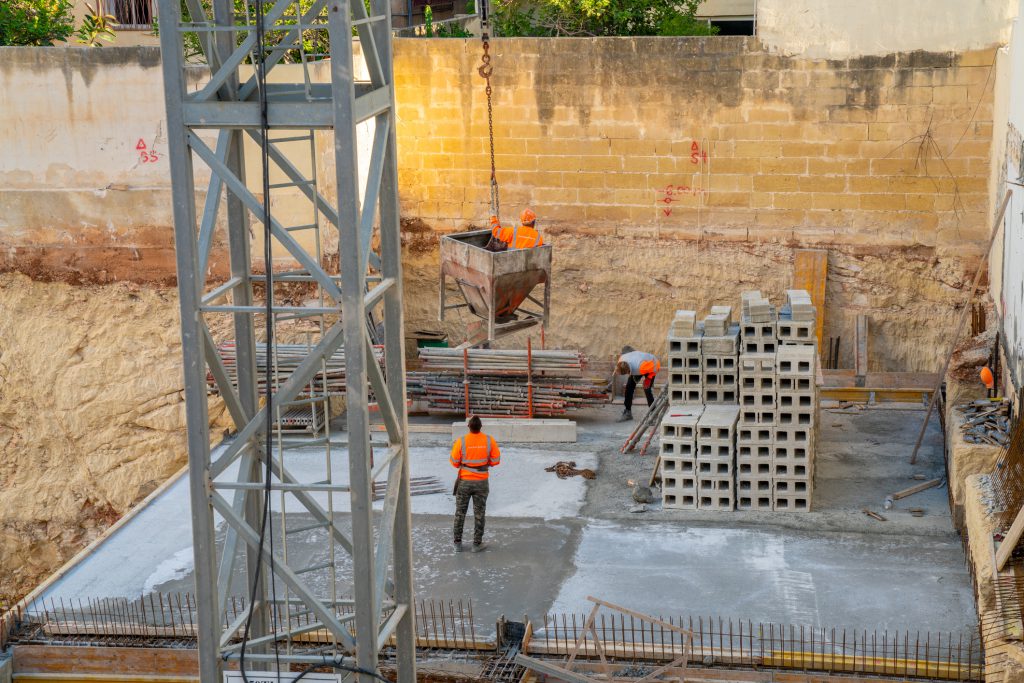Foreigners in construction industry face biggest risks

All of the 15 fatal accidents reported at work in 2022 involved men, half of whom occurred in the construction industry. Moreover, six of these victims were foreigners with the overall majority of deaths in the construction industry being caused by falls from height.
This data emerges from the 2022 annual report of the Occupational Health and Safety Authority (OHSA) in which it is stated that despite these fatalities, the downward trend in workplace accidents registered since 2002 continued. This conclusion stems from a comprehensive statistical analysis conducted by the OHSA.
The mean annual fatality rate per 100,000 workers is 3.37, where a number of risk factors were found to increase the likelihood of fatal accidents. On average, work in construction accounts for 2.02 fatalities per 100,000 workers, of which 1.17 occur as a result of dangerous falls. Foreign workers account for 0.99 annual fatalities per 100,000 fatalities, whereas foreign workers in construction account for 0.75 fatalities
per 100,000 workers.
Unsurprisingly, it transpires that the average yearly injuries per 1,000 workers in construction and transport & storage sectors (approx. 36.2 and 36.4 injuries each year respectively) are significantly larger than the average yearly injuries in the manufacturing and accommodation & food sectors (approx. 27.2 and 19.2 injuries each year respectively), which in turn are significantly larger than the average yearly injuries in the wholesale, retail and repair sector (approx. 11.0 injuries each year). These rates reflect the dangers to which employees are exposed in the respective industries with construction ranking the most dangerous.
The analysis also highlights the positive impact of OHSA’s actions on the injury and fatality rates, in view of the correlation observed between the number of accidents and several OHSA key interventions, including inspections and the issue of administrative fines. Conversely, the appointment of other legal duty holders, notably project supervisors has negligible impact on improvements in the observed rates of accidents.
Occupational health and safety in the construction industry has been an issue, especially in recent years in which this sector has experienced a boom. Moreover, the increase in building heights from the traditional two to three storeys to six, seven and even higher has resulted in greater risks for workers. Excavations works, at times also pose additional risks which up to a few years ago were not prevalent.
Faced by growing criticism, the government has embarked on a reform which aims to regulate the construction industry through the introduction of the licences for building contractors. This requirement shall apply for both construction, excavation and demolition works and it is hoped that this reform shall bring about better standards in terms of occupational safety, peace of mind for third parties
